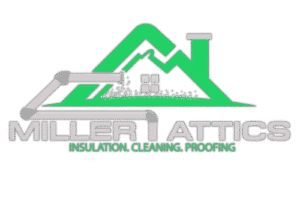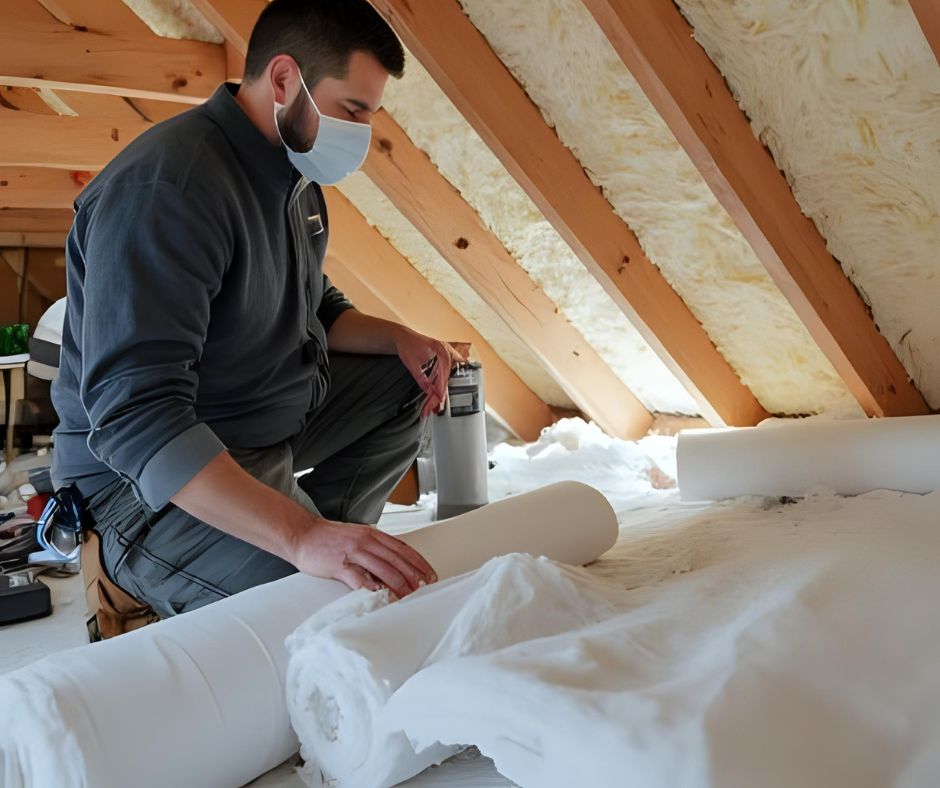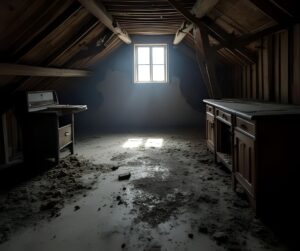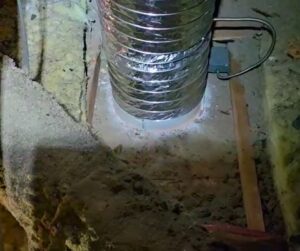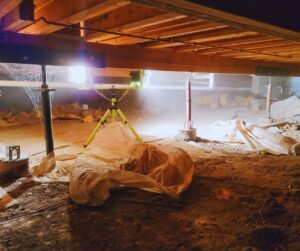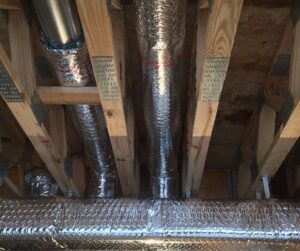I’ve been crawling through attics for Miller Attics for two decades. Every week, someone calls me furious because they got three quotes and can’t figure out why one contractor wants $2,500 while another wants $8,000 for the same job. Let me break down exactly what you’re paying for when you hire someone to insulate your attic.
What’s Actually Included in Labor Cost to Install Insulation in Attic
Labor typically runs $1.00 to $3.00 per square foot. For a 1,200 square foot attic, that’s $1,200 to $3,600 just for the work itself—no materials.
Here’s what that money covers:
Prep work
takes 2-4 hours. Someone has to move your Christmas decorations, old photo albums, and whatever else you’ve been hoarding up there. Then comes air sealing—caulking around every wire penetration, pipe chase, and wall top plate. This matters more than the insulation itself, but most contractors skip it or half-ass it because you’ll never see it.
Installation time
for blown insulation: 3-6 hours for two workers. One person feeds the machine, the other crawls around your attic in 120-degree heat spreading cellulose or fiberglass. Batt installation takes longer—6-10 hours—because you’re cutting and fitting each piece around obstacles.
Equipment
isn’t free. That blower costs $15,000. Insurance for guys working in your attic costs more. Workers’ comp is expensive because people fall through ceilings. You’re paying for all of it.
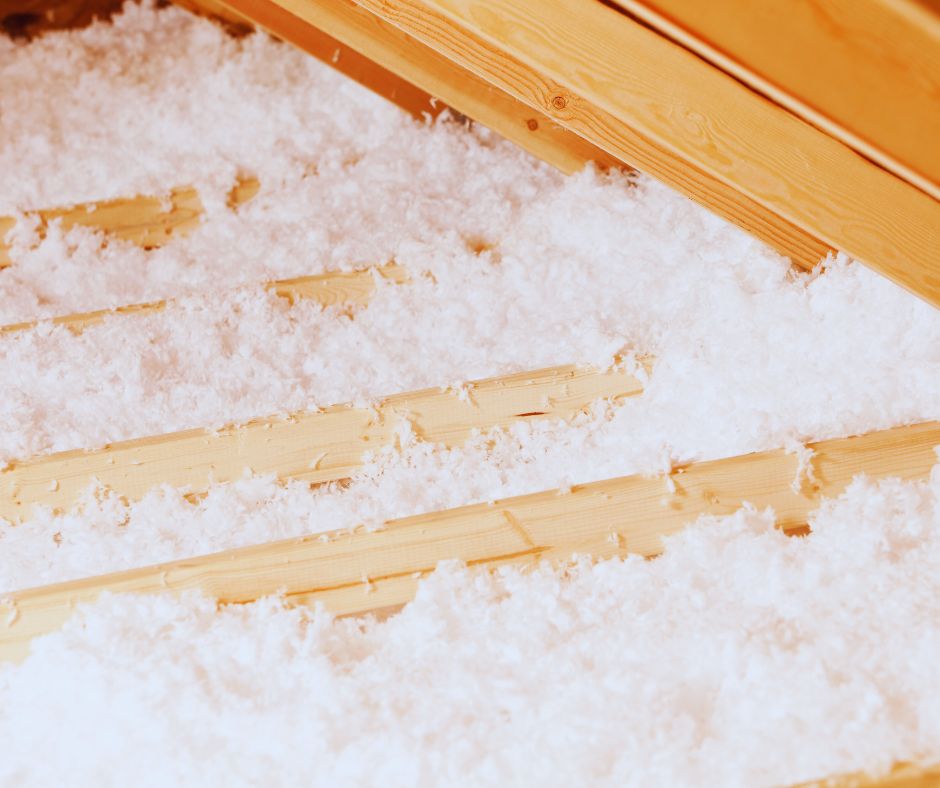
The Real Cost Breakdown
Let’s use actual numbers from a typical 1,500 square foot attic job:
- Materials (blown cellulose to R-49): $600
- Labor (two workers, 6 hours): $900
- Equipment/truck/fuel: $300
- Disposal of old insulation (if needed): $400
- Overhead (insurance, office, phone): $350
- Profit margin (15-20%): $450
Total: $3,000
That’s a fair price. If you’re quoted $1,800, they’re cutting corners somewhere. If you’re quoted $6,000, you’re getting screwed unless there are serious complications.
Why Quotes Vary By 200%
I’ve seen quotes for the same house range from $2,200 to $8,500. Here’s why:
Access difficulty changes everything. If your attic has a 3/12 roof pitch and I can barely crawl, it takes three times longer than a walkable attic. If your access hole is 18 inches square and in a closet, getting materials up there is hell. These factors can double labor costs legitimately.
Geographic location matters. Labor cost to install insulation in attic in Manhattan runs $4-$7 per square foot. In rural Oklahoma, it’s $1-$2 per square foot. Same work, different markets.
Scope differences explain wild price gaps. One contractor quotes just blowing insulation over existing stuff—easy and cheap. Another includes removing old insulation, air sealing every penetration, installing baffles, building an insulated attic access cover, and sealing ductwork. That’s $3,000 more work, but both call it “attic insulation.”
Busy season pricing is real. Call in July when it’s 102 degrees and everyone wants insulation, you’ll pay 30-40% more than calling in October. Contractors who’ll work in your attic in summer heat charge premium rates because they can.
The Average Cost to Replace Insulation in Attic (Complete Removal and Reinstall)
Full removal and replacement costs more than just adding insulation on top.
Removal alone: $1.50 to $3.00 per square foot Installation after removal: $2.00 to $4.00 per square foot Total average cost to replace insulation in attic: $3.50 to $7.00 per square foot
For that 1,500 square foot attic, you’re looking at $5,250 to $10,500 total. Why so much?
Removal is disgusting, slow work. We bag up decades of compressed, dusty, possibly rodent-contaminated insulation and haul it out through a tiny hole. It takes 6-10 hours with two guys in full Tyvek suits and respirators. Then we vacuum the attic floor. Only then can we air seal properly and install new insulation.
Most contractors prefer removal because it lets them charge more and do the job right. Some push it when it’s not necessary because they make more money. The truth: you need removal if your existing insulation is moldy, severely compressed (less than 2 inches of fluff), contaminated with rodent droppings, or if it’s vermiculite (possible asbestos).
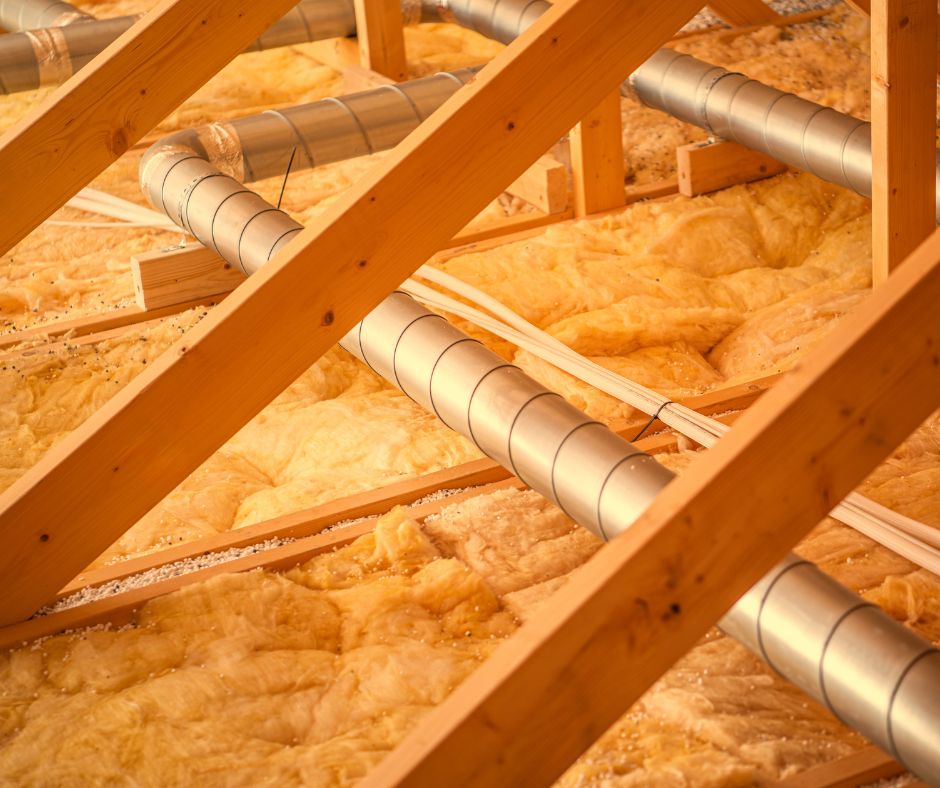
Air Sealing Labor: The Hidden Cost
Air sealing adds $500 to $1,500 to your bill. It’s tedious, hot, invisible work that takes 3-6 hours depending on how many penetrations your house has.
I use 15-20 cans of spray foam on a typical house, sealing around every wire bundle, plumbing stack, chimney chase, and wall top plate. This stops air from leaking between your house and attic—which causes 25-40% of your heating and cooling loss.
Most contractors include “basic air sealing” in their quotes, which means they’ll hit the obvious stuff and call it good. If you want it done right—every single gap sealed—expect to pay $1,000+. It’s worth it. The energy savings from air sealing exceed the savings from insulation itself.
Baffles and Ventilation Labor
Installing soffit baffles costs $3 to $8 per baffle. Most houses need 40-60 baffles. That’s $120 to $480 in materials and 2-4 hours of labor ($200-$400) to install them.
Baffles keep insulation from blocking your soffit vents while maintaining airflow from the eaves to the ridge. Without them, your attic ventilation fails and you get moisture problems. Good contractors include this automatically. Cheap contractors skip it and hope you don’t notice until years later when your roof decking is rotting.
What DIY Actually Costs vs. Professional Labor
DIY blown insulation for 1,500 square feet:
- Materials: $600-$800
- Blower rental: Free with materials purchase
- Personal protective equipment: $100
- Your time: 8-12 hours
- Total out of pocket: $700-$900
Professional installation: $2,500-$4,500
You save $1,600 to $3,600 by DIYing. But you’ll spend a full weekend crawling through a 130-degree attic, breathing fiberglass dust through a respirator that doesn’t quite fit right, trying not to fall through the ceiling. I did my own house once. Never again.
The biggest DIY mistake? Skipping air sealing because it’s boring. Then you pile in R-60 of fluffy insulation and wonder why your energy bills barely changed. Air sealing is 50% of the benefit. Miss it and you wasted your weekend.
The Average Cost to Replace Insulation in Attic: Regional Differences
High-cost areas (NYC, San Francisco, Boston):
- Removal and replacement: $6,000-$12,000 for 1,500 sq ft
- Labor alone: $4,000-$8,000
Mid-cost areas (Dallas, Denver, Seattle):
- Removal and replacement: $4,000-$7,500
- Labor alone: $2,500-$5,000
Low-cost areas (Rural Midwest, South):
- Removal and replacement: $2,500-$5,000
- Labor alone: $1,500-$3,000
Same work. Same materials. Different markets. If you’re in California and your neighbor in Tennessee paid half what you did, that’s why.
Understanding Labor Cost to Install Insulation in Attic: What Should Be Included
A legitimate quote should itemize:
- Prep and cleanup: $200-$400
- Air sealing: $500-$1,000 (or specify “not included”)
- Baffles: $300-$600 for materials and installation
- Insulation installation: $1-$3 per square foot
- Disposal fees: $0.50-$1.50 per square foot if removing old insulation
- Materials: Listed separately
Total labor for a complete job (not just blowing insulation): $2,000-$5,000 for a 1,500 sq ft attic in most markets.
If a contractor gives you one number with no breakdown, walk away. You have no idea what you’re paying for.
The $79 Inspection Fee Scam
Some contractors charge $79-$150 just to give you a quote. This is sometimes legitimate—they’re sending a trained estimator who’ll spend an hour in your attic documenting everything. But often it’s a foot-in-the-door sales tactic.
Reputable companies don’t charge for estimates. Period. They build estimate costs into their overall pricing. If someone wants $79 upfront, they’re either desperate for work or running a high-pressure sales operation.
I’ve done thousands of free estimates. It costs me maybe $50 in time and fuel per estimate. I close 30% of them. That’s just the cost of doing business.
Seasonal Pricing Reality
Summer (peak demand): Prices run 20-40% higher. Everyone wants insulation after their AC bill arrives. Contractors are booked solid. You’ll wait 4-6 weeks and pay premium rates.
Fall/Spring (moderate demand): Fair prices. 2-3 week wait times. This is when you should book.
Winter (slow season): Prices drop 10-20% if you’re in a heating climate. Contractors need work. But working conditions suck—attics are freezing, insulation doesn’t blow as well in cold air, and you still need ventilation so it’s not comfortable up there.
The average cost to replace insulation in attic drops most dramatically in late fall (November) and late winter (February/March) when contractors are hungry for work but weather isn’t extreme.
What Cheap Quotes Miss
When you get a quote for $1,800 and another for $4,000, the cheap guy is probably skipping:
- Air sealing (saves him 3-4 hours)
- Baffles (saves him 2-3 hours and $400)
- Proper prep (just blows over your junk)
- Adequate depth (claims R-49 but only does R-30)
- Insurance and permits (illegal but common)
You get what you pay for. Sometimes the expensive guy is ripping you off. But usually, the cheap guy is cutting corners you won’t discover until your next energy bill arrives unchanged.
Final Numbers You Can Trust
For a standard 1,500 square foot attic with normal access and no complications:
Blown insulation over existing (no removal):
- Materials: $600-$900
- Labor: $1,200-$2,400
- Total: $1,800-$3,300
Complete removal and replacement:
- Materials: $600-$900
- Removal labor: $1,000-$2,000
- Installation labor: $1,200-$2,400
- Disposal: $400-$800
- Total: $3,200-$6,100
Labor cost to install insulation in attic with air sealing and baffles:
- Add $800-$1,600 to above prices
These are honest numbers based on fair wages, proper equipment, insurance, and reasonable profit. Anything significantly below this range means corners are being cut. Anything significantly above means you’re in a high-cost market or getting taken advantage of.
Now you know what you’re actually paying for. Use these numbers to evaluate quotes intelligently instead of just picking the cheapest one and hoping for the best.
